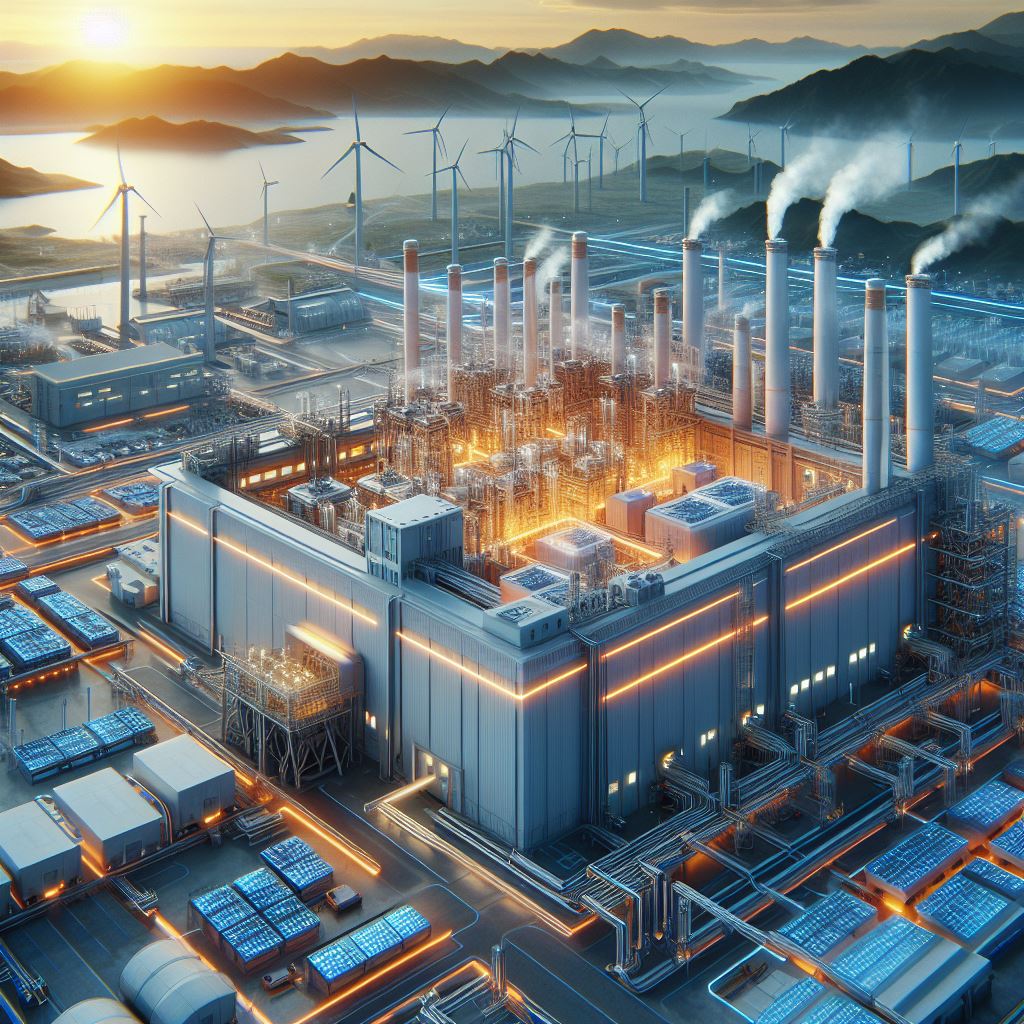Abstract: The present invention pertains to a comprehensive and sophisticated system engineered to efficiently harvest energy from trilithium dioxide, a hypothetical substance distinguished by its unique energy properties. This innovative system encompasses distinct modules, encompassing extraction, conversion, and power generation, ensuring the seamless and optimal utilization of the inherent energy stored within trilithium dioxide.
Description:
1. Trilithium Dioxide Extraction Module:
- A cutting-edge mining apparatus featuring advanced sensors and precision drills, meticulously designed to locate and extract trilithium dioxide from its source.
- A state-of-the-art chemical processing unit, incorporating novel techniques for isolating trilithium dioxide from raw materials, optimizing the extraction process.
2. Energy Conversion Unit:
- An advanced fusion reactor serves as the heart of the system, utilizing controlled fusion reactions to unlock and harness the latent energy stored within trilithium dioxide.
- A sophisticated magnetic confinement system, meticulously engineered to maintain stability during the energy extraction process, ensuring the safe and efficient operation of the system.
3. Heat Exchange System:
- An intricately designed heat exchange network, seamlessly integrated into both the extraction and conversion processes, facilitates the efficient capture and transfer of the thermal energy released during trilithium dioxide utilization.
- Utilization of advanced heat pipes and radiators, strategically positioned within the system architecture, to effectively dissipate excess heat, preventing undesirable temperature fluctuations and potential system overheating.
4. Power Generation Mechanism:
- A high-efficiency turbine generator, carefully calibrated to convert the mechanical rotation generated through the thermal energy release into a substantial electrical power output.
- Integration of cutting-edge thermoelectric generators, leveraging temperature differentials within the system, to further augment the overall energy conversion efficiency.
5. Safety Measures:
- Implementation of robust containment chambers constructed with reinforced composite materials, designed to prevent any potential trilithium dioxide leakage and ensuring a secure operational environment.
- Incorporation of advanced radiation shielding technologies utilizing metamaterials to safeguard operators and the surrounding environment from potential radiation exposure.
- Development of comprehensive emergency shutdown protocols, triggered automatically in response to abnormal system conditions, contributing to enhanced safety measures.

6. Monitoring and Control System:
- Real-time monitoring systems, providing continuous feedback on trilithium dioxide extraction rates, reactor temperature, and energy output, enabling operators to make informed decisions and optimize the system’s performance.
- Implementation of adaptive control algorithms, designed to dynamically adjust extraction and conversion parameters based on real-time system feedback, ensuring the continual optimization of energy harvesting processes.
Claims:
- The trilithium dioxide energy harvesting system, as described herein, comprising a modular framework that seamlessly integrates extraction, conversion, and power generation modules, thereby optimizing energy harvesting processes.
- The fusion reactor, as claimed in Claim 1, incorporates a magnetic confinement system meticulously designed to maintain stability during controlled fusion reactions, ensuring the safe and efficient operation of the system.
- The heat exchange system, as claimed in Claim 1, is characterized by an intricately designed network that efficiently captures and transfers thermal energy during trilithium dioxide utilization, preventing temperature fluctuations and system overheating.
- The power generation mechanism, as claimed in Claim 1, employs a combination of a high-efficiency turbine generator and advanced thermoelectric generators, resulting in superior energy conversion efficiency.
- The safety measures, as claimed in Claim 1, encompass robust containment chambers, advanced radiation shielding technologies, and comprehensive emergency shutdown protocols, collectively ensuring the safety of operators and the surrounding environment.
- The monitoring and control system, as claimed in Claim 1, facilitates real-time feedback and employs adaptive control algorithms, contributing to the continual optimization of energy harvesting processes.
Conclusion: In summary, the described trilithium dioxide energy harvesting system represents a groundbreaking and visionary approach to extracting and harnessing energy from a hypothetical substance. While trilithium dioxide is purely fictional, the conceptual design lays the groundwork for potential advancements in energy harvesting technologies in the future, opening new avenues for exploration and innovation in the field.
